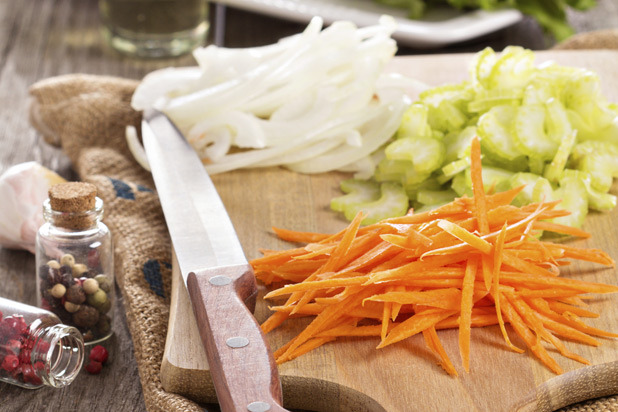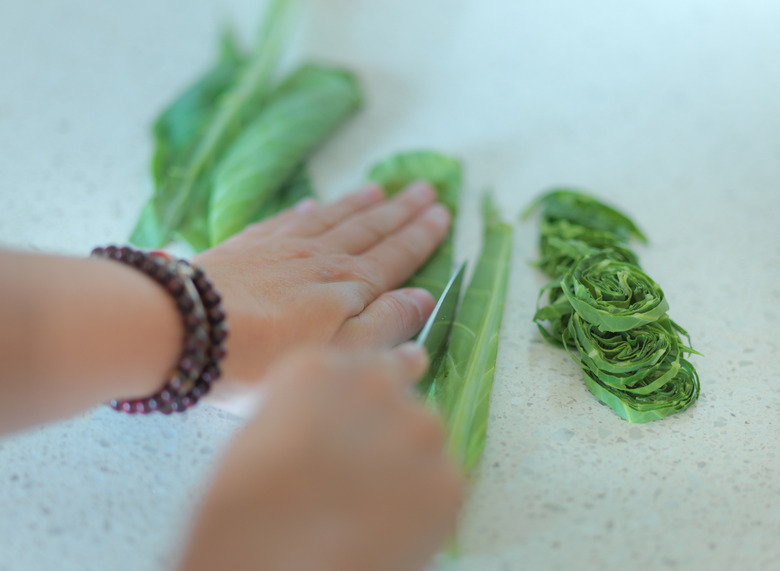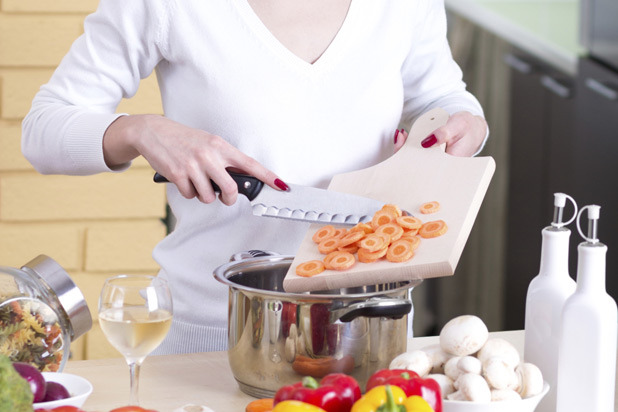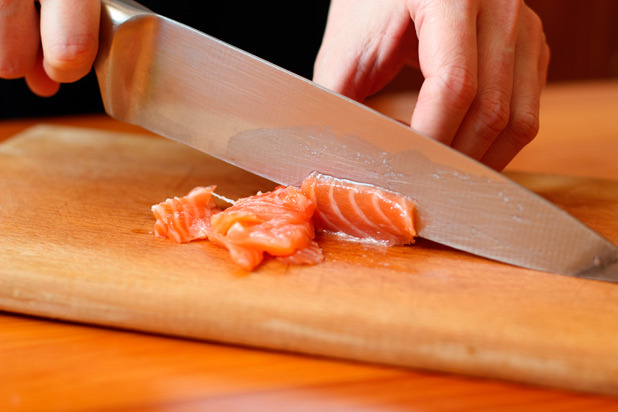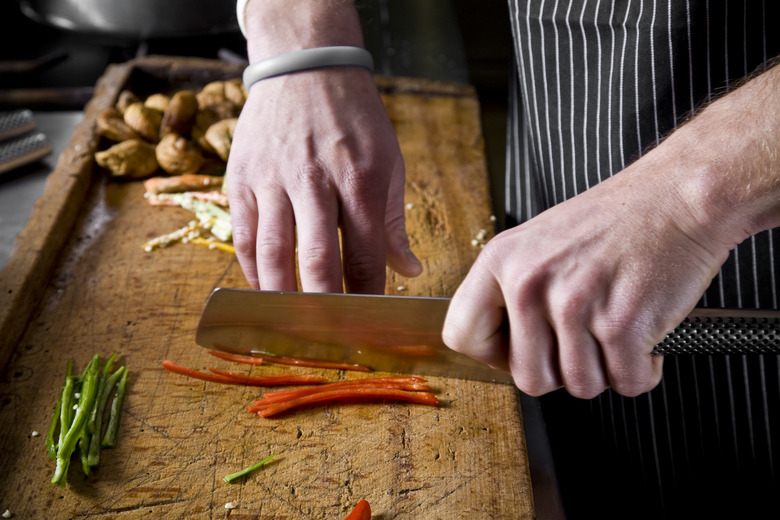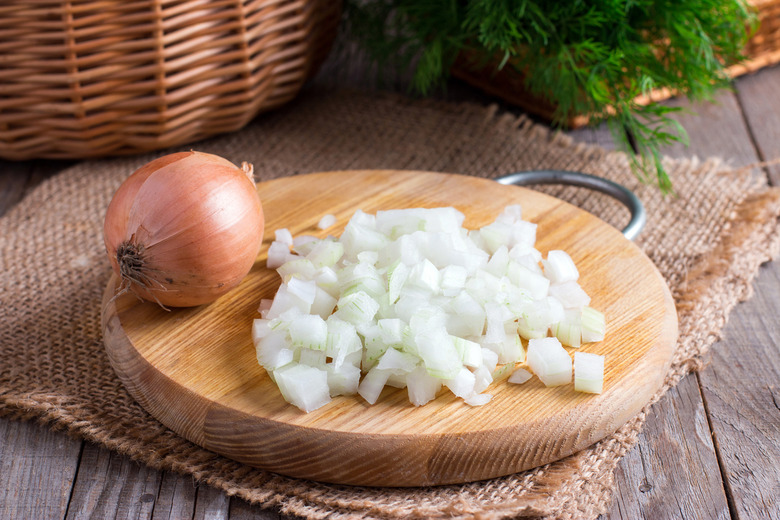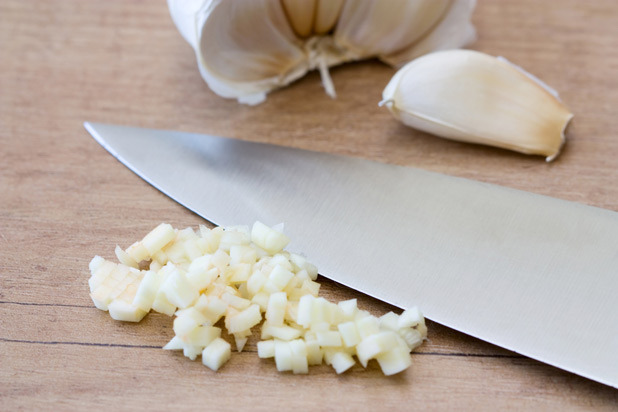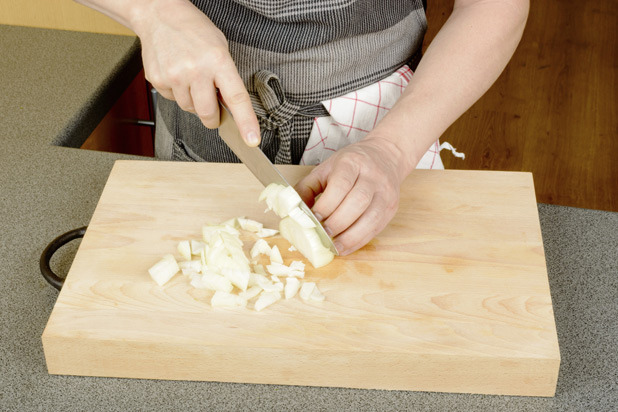Chop, Dice, And Slice Like A Pro Gallery
Learning proper chopping techniques is essential for every cook, whether you're a home cook or heading into a professional kitchen. These knife skills will aid your cooking across the board, from grilling steak kebabs and roasting vegetables to making chicken noodle soup.
Chiffonade
Slicing herbs is tricky business; going over herbs a few times with your knife will bruise them. Use the chiffonade to finely slice herbs in one go. Stack up the herbs and roll them into a small, tight bundle before slicing.
Chop
One of the most used cuts in the home kitchen. This medium cube cut is used for stocks, soups, stews, and braising. As long as they're all about the same size, chopped vegetables don't have to be perfect.
Slice
To slice, keep the tip of the knife touching the cutting board while you bring the handle of the knife up and down. This will result in very thinly sliced vegetables.
Julienne
Julienne is a matchstick-size cut, perfect for coleslaw and other salads when you have no mandolin, which can do the work for you.
Dice
For uniform cubes (known as brunoise in the professional kitchen), start out by creating flat sides on the vegetable. Cut into planks, then cut each plank into sticks, and from there line up all the sticks to cut into cubes.
Mince
The mince is a very tiny version of the chop. Mincing is normally used for aromatics that can potentially be overpowering if left in large chunks like garlic, shallots, onions, and ginger.
Onions
Onions are in their own category because onions have layers, which changes up the method of chopping. Always keep a little bit of the root intact when you peel the onion and then slice in half through the root so that each side has a bit of root. This will help keep the layers of onion together while you chop. Even harder than chopping an onion without tearing up? Chopping an onion on the subway.
